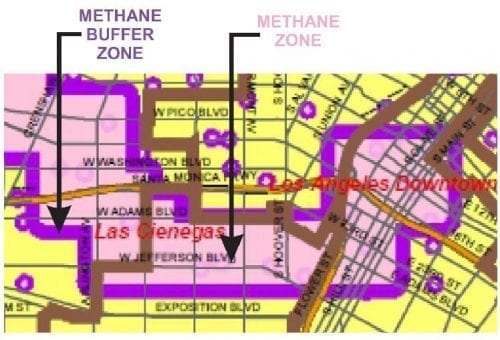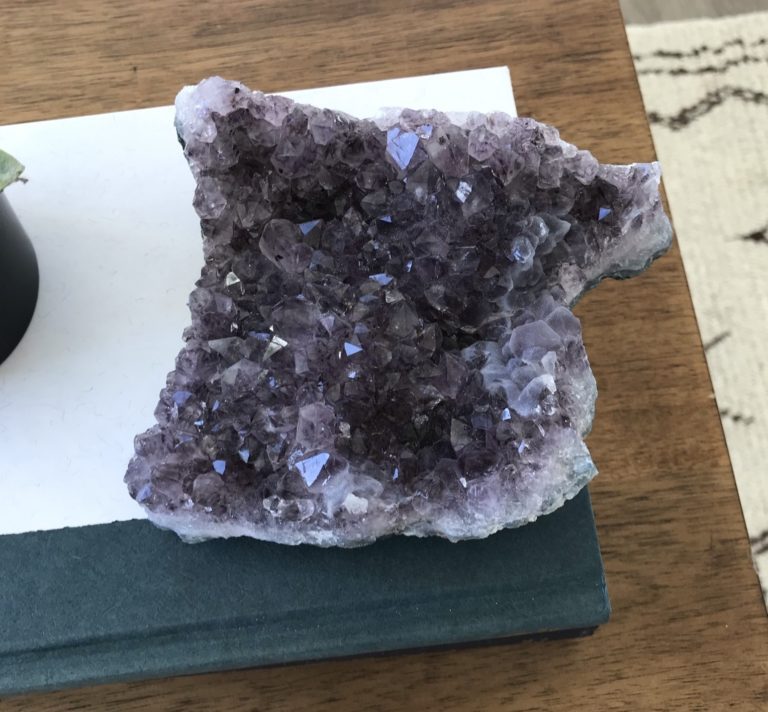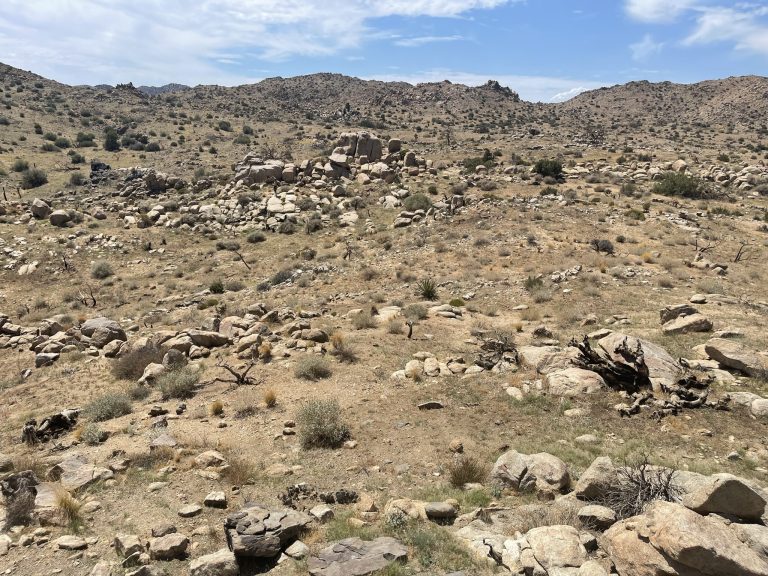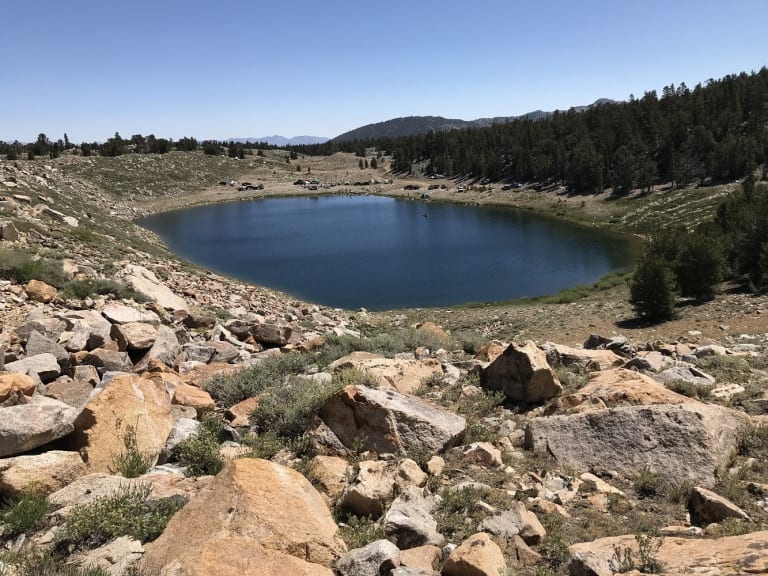Rock Stratigraphic Unit
Rock Stratigraphic Unit In the field of geology, a rock stratigraphic unit, or a lithostratigraphic unit, is a geologic formation that is identifiable by a specific lithology, as well as a consistent stratigraphic position. For example, the Monterey Formation is a rock stratigraphic unit, as it tends to consistently comprise the same gravel and sand…






